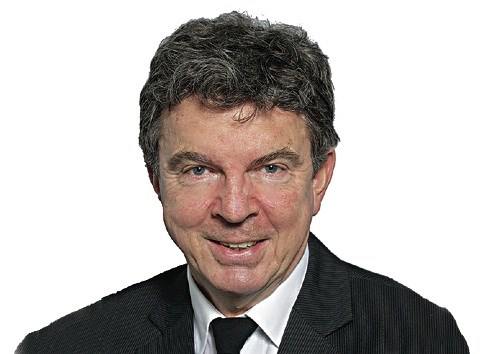 You’d think a government sworn to austerity would be proudly showing off cuts in their executive compensation costs.
You’d think a government sworn to austerity would be proudly showing off cuts in their executive compensation costs.
You’d be wrong.
A year after launching an assault on Crown corporation executive pay and bonuses, Tuesday’s release of the public accounts included a report on how they’re doing.
Which is, not well. Executive compensation costs are $1 million higher than last year.
Exactly why isn’t clear, but it’s believed to be partly because there are more executives listed this year. Public entities report the salaries of their CEOs and next four top earners. There were some vacancies last year, so 274 salaries were reported, while this year there are 284.
But that doesn’t get the government completely off the hook when it comes to defending the $68.2 million total compensation for executives.
The average bonus payout for that elite level of employees jumped almost $7,000, a 20 per cent increase.
Somehow, against all the trends toward cutbacks and reductions, they managed to make an average of $48,784 in bonuses, compared to $40,582 the previous year.
It was a year ago that former finance minister Kevin Falcon started talking tough about executive compensation. A freeze was announced, along with various curbs designed to rein them in.
But Tuesday’s numbers show how hard it is to make a dent in top-level pay grades. They managed some marginal progress in some of the measures used to figure out pay grades. But not as much as last year’s crusade would have led you to expect. After giving every indication they were going to crack down on bonuses, the average bonus payout is up considerably. The explanation offered was that the Crown corporations’ performance — which is what the bonuses are based on — was much better.
Finance Minister Mike de Jong said it’s still a work in progress and it will take another year to produce bottom-line improvements. He said the whole process involves a lot of “pushing, pulling and prodding.”
The government’s advertising budget is another area where you don’t see much in the way of austerity. At $33.6 million, it’s down $1 million from the previous year.
And there was lots of room within that budget to drop about $10 million over the year on the jobs-plan campaign. Given that jobs are now understood to be one of the key issues in the May election, Liberals likely figure that was the best $10 million they’ve ever spent.
They also found $240,000 to stage “affordable, family focused celebrations” on B.C.’s inaugural Family Day in February, and $480,000 to produce a “documentary” about the Times of India Film Awards.
As far as the big picture is concerned, the final report card shows the B.C. Liberals narrowly missed their mark — they overshot their spending and posted a $1.1-billion deficit for 2012-2013 that is $178 million higher than forecast at the start of the year. The pre-election balanced budget claimed for this year still has eight months to run, and it will take until next July to see if it pans out.
But the auditor general’s independent view of the books is enough to make you wonder if the whole idea of a balanced budget is an academic exercise in accounting philosophy. Auditor General Russ Jones, who replaced John Doyle a few months ago, qualified his check-off with a startling assertion. If they kept the books the way he recommends, the Liberals would actually be claiming a $1.8-billion surplus.
How two different reads of the same numbers can produce numbers that are almost $3 billion apart is not for me to explain. It has to do with how incoming federal funds for long-term projects are booked.
But if there’s that much leeway in the book-keeping, it looks as if making this year’s books balance — which is crucial to avoid another fudged budget — will be a lot easier than expected.


